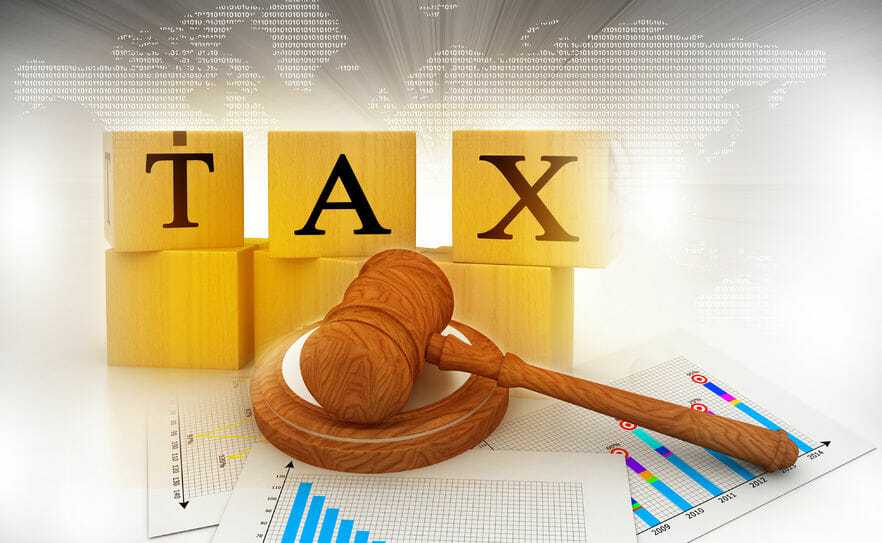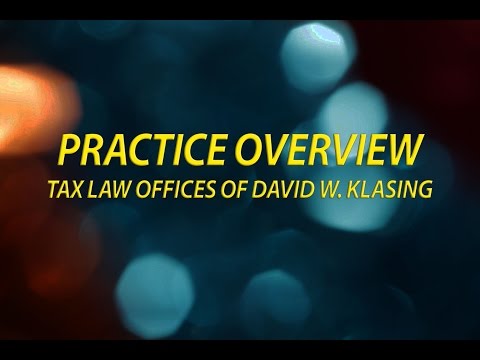
Often a plaintiff may receive payments to compensate for a business or investment loss caused by the defendant. These are called “business and investment recoveries.” The most important distinction for business and investment recoveries is between (i) a recovery for lost profits, and (ii) a recovery for damage to goodwill or other capital assets. The burden of proof is on the taxpayer in determining the character of such a recovery.
This distinction is significant because a recovery for lost profits is typically taxed at ordinary income rates, while those received for damage to goodwill is typically taxed as a recovery of capital—and taxed under the capital gains rates (which are lower than that of ordinary income).
The reason why lost profits are taxed at the higher, ordinary tax rate is because it represents income that would have been taxable at ordinary income rates had it not been for the defendant’s actions.
Unlike the tax treatment for lost profits, a recovery for damage to goodwill or other capital assets will be taxed only if the amount received exceeds one’s tax “basis” in the asset. (Basis is roughly the amount one has invested in the asset). Accordingly, where a capital recovery does not exceed its basis no capital gain will result. The rationale for this is that no financial gain results for the recovery of one’s un-depreciated investment in an asset. If no basis can be established by the plaintiff the entire amount will be treated as capital gain.












